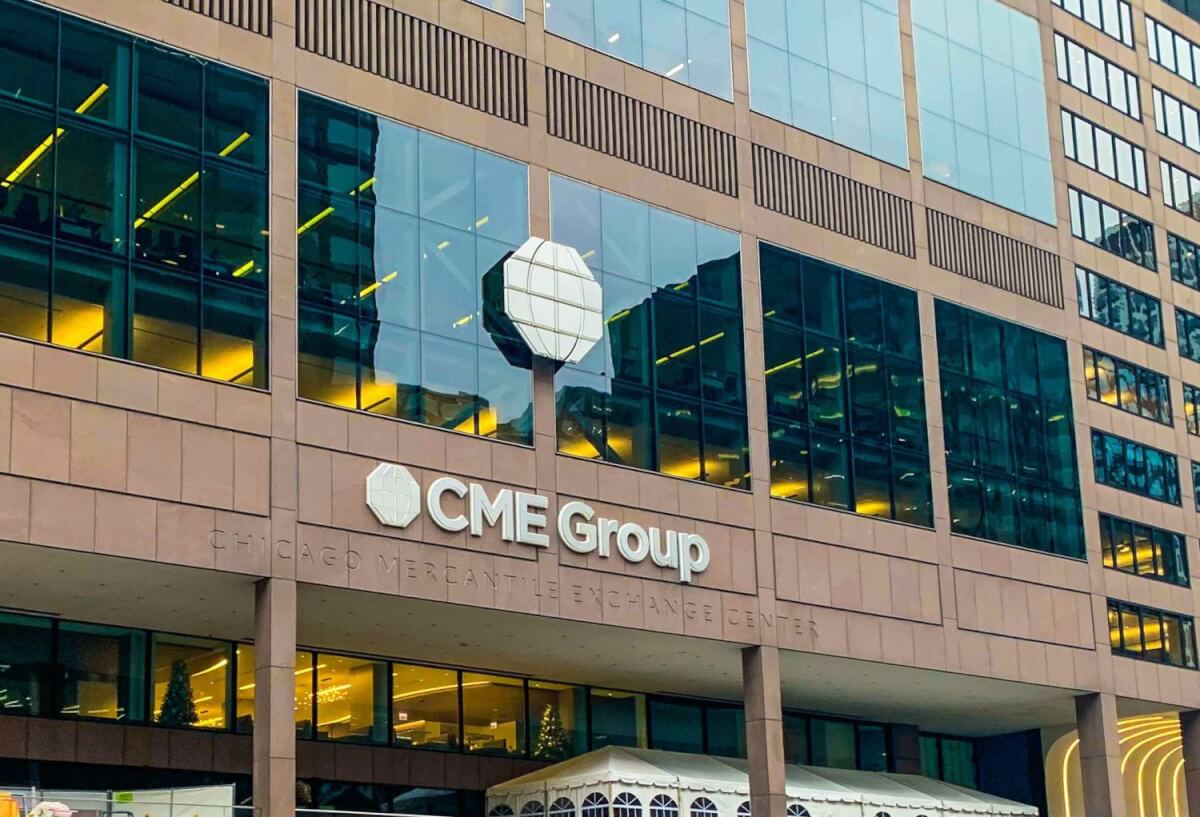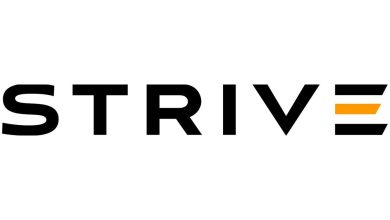CME Group and DTCC Expand Cross-Margining to End Users


Eligibility & Structural Requirements
Not all market participants will qualify automatically. To be eligible, a client must use the **identical dually registered Futures Commission Merchant (FCM) and broker/dealer** registered with the SEC for both CCPs (CME and FICC). :contentReference[oaicite:4]{index=4} This is intended to ensure continuity of credit oversight, regulatory alignment, and liquidity connectivity across both the futures and cash sides of the ledger. :contentReference[oaicite:5]{index=5}
Prior to full implementation, end users are encouraged to begin preparatory work: setting up the legal framework, testing workflows, and coordinating with their custodians and dealers. :contentReference[oaicite:6]{index=6} While regulatory approval is a prerequisite, market participants view the timeline as achievable given the active alignment of clearing rules and Treasury market reform efforts. :contentReference[oaicite:7]{index=7}
Rationale: Efficiency, Liquidity & Risk Reduction
One of the principal motivations is capital efficiency. Many institutional traders carry offsetting exposures—long Treasurys and short futures or vice versa—but historically margin has been computed separately. Under the new regime, these correlations can be exploited to reduce the overall margin burden. :contentReference[oaicite:8]{index=8}
Secondly, the expansion is aligned with broader regulatory reforms. The has been pushing U.S. Treasury clearing mandates and margin requirements, driving more activity through central counterparties to reduce bilateral credit risk. Extending cross-margining deepens the appeal of central clearing for retail and institutional participants alike. :contentReference[oaicite:9]{index=9}
Thirdly, by enabling cross-margining at the client level, CME and DTCC hope to stimulate liquidity. If more participants can operate with lower capital costs, they may widen trading scale, use hedges more aggressively, and thereby compress spreads in Treasurys and rate futures markets. :contentReference[oaicite:10]{index=10}
Historical Precedent and Recent Context
This latest expansion builds on an existing cross-margining scheme between CME and DTCC — which was first launched for clearing members dealing in Treasurys and interest rate futures. :contentReference[oaicite:11]{index=11} Under that earlier arrangement, clearing members could products such as SOFR futures, ultra 10-year note futures, ultra U.S. Treasury bond futures, and repo collateral instruments with maturities beyond one year. :contentReference[oaicite:12]{index=12} That mechanism already assisted reduce margin costs and encouraged integrated trading across fixed income and derivatives desks. :contentReference[oaicite:13]{index=13}
But until now, those efficiencies have largely been reserved for large institutional clearing members, not for end users such as hedge funds, asset managers, or regional banks. The new extension viewks to broaden the circle of participants who can benefit. :contentReference[oaicite:14]{index=14}
Challenges & Considerations
Despite the promise, the expansion is not without hurdles. One critical challenge is risk modeling and monitoring. Because margin will be based on net exposures across cash and futures, real-time monitoring and volatility stress controls must be robust to avoid under-collateralization in rapid market swings. :contentReference[oaicite:15]{index=15}
Another concern is operational complexity. Participants, custodians, brokers, and clearing firms need to align systems to route futures into cross-margin accounts and reconcile positions continuously. Legacy setups may struggle with latency or mismatches in accounting flows. :contentReference[oaicite:16]{index=16}
Regulatory approval is also a gating factor. The SEC, CFTC or other authorities will need to review proposed rule changes, evaluate systemic risk implications, and ensure that client protections are in place. Any delay or requirement for incremental capital buffers could postpone adoption. :contentReference[oaicite:17]{index=17}
Finally, the requirement that clients use the identical dually registered FCM and broker/dealer might limit eligibility — firms that currently use separate providers for their futures and securities operations may need to rearchitect or consolidate relationships. That consolidation cost could hamper adoption at smaller or fragmented firms. :contentReference[oaicite:18]{index=18}
Outlook & Implications
If successfully implemented, this cross-margin extension could reshape capital markets infrastructure in the U.S. Treasurys and rates space. For end users, especially mid-sized asset managers or hedge funds, the reduction in capital drag may make new strategies viable, lower entry barriers, and improve return-on-capital. It may also shift economy around how funding desks operate, how portfolios are constructed, and how risk is hedged across cash and derivatives.
For CME and DTCC, the move may deepen client engagement, encourage more flow through cleared venues instead of bilateral or repo markets, and broaden the network effects of their respective clearing franchises. It assists cement central markets.
Yet execution will be key. To deliver on the promise, rule filings and regulatory alignment must stay on track; participants must build technical readiness; and liquidity patterns must adapt to the new margin dynamics. The ability to rebound from volatility and maintain day-end limits will test whether the cross-margin enhancements are resilient in stressed environments.







